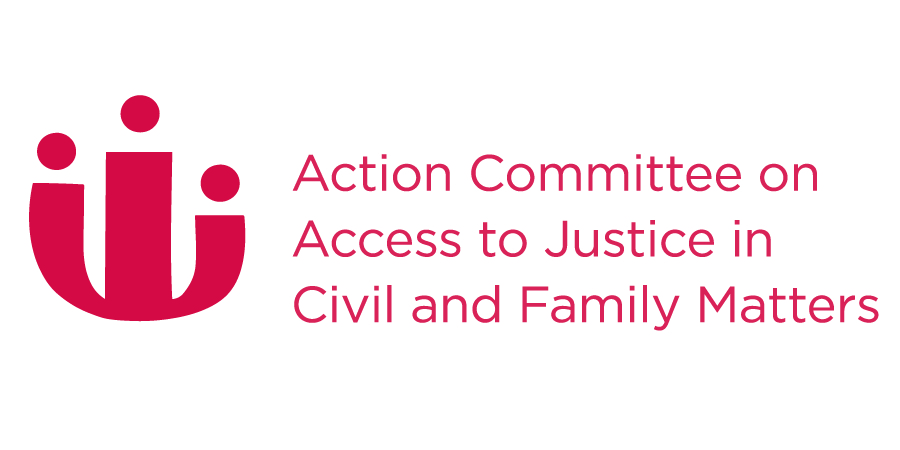Inventory of Reforms
Contaminated Sites in Nova Scotia
Year:
2009
Description:
Spills and chemical releases can occur over time undetected. They can also occur as a result of immediate events such as oil tank leaks aboveground. When this happens, soil, water and air can become contaminated.
Contamination normally refers to concentrations of chemicals in the soil, water and air that have been determined to exceed acceptable standards for the particular land use.
Status:
Final Report
Jurisdiction:
Nova Scotia
Publications:
Contaminated Sites in Nova Scotia
Development:
A contaminated site is land with soil or water which contains unsafe levels of hazardous substances. The presence of those substances is often the result of longstanding industrial activity. Many contaminated sites can be safely cleaned up and put back into productive use.
The Environment Act is legislation which governs contaminated sites in Nova Scotia. Possessing a contaminated site is not unlawful in itself, and the Act imposes no requirement in general to investigate or report suspected contamination. When, however, contamination has caused, is causing, or may cause an “adverse effect,” as defined under the Act, a landowner or other persons responsible will have obligationstosatisfyunderthelegislation. Thescopeofpersonspotentiallyresponsiblefortheclean-up of a contaminated site is quite broad.
The Minister’s powers under the Act are wide-ranging. Among others, he or she may order a specified activity to stop and may require the clean-up of a site. The Minister may also designate a site as contaminated. Until 2006, the designation power (which has never been used) was the only means of identifying a contaminated site under the legislation. As a result of recent changes to the Act, it now provides for contamination in fact, in accordance with whatever standards have been adopted by the Minister.
A number of the Minister’s powers have implications for liability (responsibility at law). For example, where multiple persons are responsible for the creation of contaminated sites, the Minister may determine and allocate clean-up costs among them. The Minister’s authority to assign and apportion liability is subject to generalized factors which provide limited guidance and uncertain protection against disproportionate liability.
The legislation does not include compulsory and detailed guidelines with which to manage a contaminated site or deal with liability issues. In 1996, the Department adopted the Guidelines for Management of Contaminated Sites. The Guidelines include requirements about such subjects as notification of site contamination and the steps to be taken in site clean-up. The Guidelines do not take the form oflegislation and as such, have no binding status in law. They enable contaminated sites to be managed in a voluntary fashion.
A landowner cleaning up a contaminated site will likely employ a site professional, a person who performs a variety of roles related to the identification, management, and remediation of contaminated land. Upon completion of a clean-up, a site professional, on behalf of the landowner, will typically present to the Department a certificate setting out the nature and extent of clean-up which has been completed. At the moment, the Department does not approve these certificates, and provides no indication of their effect in terms of fulfilling regulatory liabilities.
Fears of uncertain liability discourage landowners and developers from cleaning up contaminated sites. The lack of contaminated site clean-up means a risk of significant adverse consequences to human health and quality of life, as well as to environmental well-being. This also has economic costs, as potentially useful land lies underused or not used at all.
In January 2008, the Attorney General of Nova Scotia requested that the Law Reform Commission examine a number of issues pertaining to contaminated sites in Nova Scotia. TheDepartment’s request was made in the furtherance of s.4(2)(m) of the Environmental Goals and Sustainable Prosperity Act, S.N.S. 2007, c.7, which commits the Province to develop regulatory tools to stimulate redevelopment of contaminated land and contribute to economic development while protecting the environment, by the year 2010. A Discussion Paper was published in April of 2009, and written submissions received from a number of parties. This Final Report sets out the Commission’s recommendations for the improvement of the current legislative regime, to promote the clean-up of contaminated sites while at the same time protecting human health and the environment.
Revision History:
This summary was last reviewed in Feb 01, 2013



